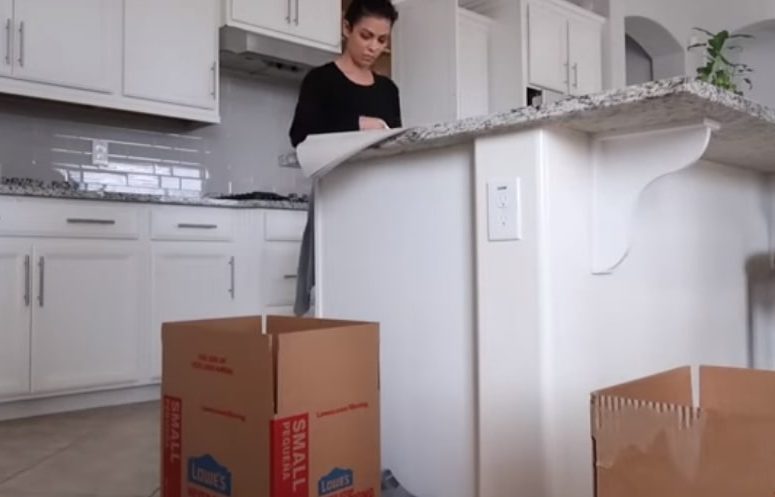
Moving and needing to pack your kitchen can be a difficult process. When it comes to securely moving your kitchen necessities to your new house, there are many things to take into account, from heavy appliances to breakable glassware. You may, however, expedite the packing procedure and guarantee that your kitchen supplies reach their destination undamaged with proper preparation and organization. We’ll go over a methodical way to packing your kitchen for a move in this extensive guide, which includes packing techniques, necessary equipment, and advice on making the most of your available space.
Assess and Declutter:
Take some time to go through your kitchen’s contents and get rid of everything you don’t use or need before you pack or hire Movers and packers. Sort through your pantry shelves, drawers, and cabinets, setting aside items for discard, sale, or donation. This will not only lessen the quantity of items you need to pack, but it will also make moving into your new house and organizing much simpler.
Gather Packing Supplies:
To pack your kitchen efficiently, you’ll need the right supplies on hand. Be sure to gather the following essentials before you begin:
Sturdy boxes in various sizes
Packing paper or bubble wrap for wrapping fragile items
Packing tape to secure boxes
Marker or labels for labeling boxes
Ziplock bags for small items and loose parts
Dish and glassware dividers or cardboard inserts
Having these materials on hand will facilitate packing and safeguard your kitchenware while in transit.
Start with Non-Essential Items:
Packing non-essential objects that you won’t need before your relocation should be your first priority while packing your kitchen. Servingware, speciality appliances, and seasonal goods are examples of things you can live without for a few weeks. These things should be packed in strong boxes. Fragile items should be cushioned with packing paper or bubble wrap. Label each box with the contents and the room in your new house. Hire us for vehicle branding Dubai for your business promotion.
Pack Dishes and Glassware:
Glassware and dishes are among the most delicate goods in your kitchen, so when packing, take special care. To provide padding, begin by placing crumpled packing paper or bubble wrap at the bottom of the box. Next, individually wrap each glass or dish in bubble wrap or packing paper and tape it in place. To minimize moving during transit, stack heavier things, like dishes, on the bottom of the box and lighter items, like glasses, on top. Fill any empty spots with extra packing paper or bubble wrap. Use cardboard inserts or dish and glassware dividers to cushion and separate the goods inside the box for further protection.
Wrap and Pack Appliances:
Coffee makers, mixers, and blenders should all be packaged carefully to avoid breaking during transportation. Before packing, give every appliance a thorough cleaning and drying. Take out any attachments or detachable pieces, then pack each one separately in ziplock bags, marking each one with the name of the matching appliance. Place the appliance in a sturdy box with extra packing material inside for padding after wrapping it in bubble wrap or packing paper and taping it shut. Make sure the appliance name and any specific handling recommendations are written on the package.
Related: Essential factors to consider when hiring movers company
Secure Knives and Sharp Objects:
It is important to pack cooking items and sharp knives carefully to avoid cuts during transport. To safeguard the knives while they are being transported, think about purchasing a knife block or knife guard. As an alternative, pack each knife separately in a sturdy box after wrapping it in bubble wrap or packing paper and taping it in place. When loading and unloading the box, take care to handle it carefully and mark it as carrying sharp things.
Pack Pantry Items:
To save waste and lighten your burden, attempt to use up as much of your food supplies as possible before moving when packing pantry items. Pack non-perishable products (such spices, canned foods, and dry goods) in plastic bins or sturdy boxes. Don’t forget to carefully seal any open packages or containers to avoid spills. For loose goods like flour, sugar, and cereals, use airtight containers or ziplock bags to keep them safe and fresh while in transit.
Label and Organize Boxes:
Make sure to clearly mark every box as you pack it with the contents and the room in your new house. This will greatly simplify the process of sorting and unpacking when you get to your destination. To make sure your boxes arrive at the correct location, use a numbering system or color-coded labels to keep track of them. In order to expedite unpacking and facilitate finding what you need when setting up your new kitchen, group comparable goods together as well.
Conclusion:
Although packing your kitchen for a move may seem like a difficult undertaking, you can make sure that your kitchen belongings reach your new house undamaged by using the appropriate tools, strategies, and planning. You may expedite packing and reduce the chance of damage during shipment by evaluating and organizing your items, assembling the required packing materials, and packing thoughtfully. You’ll be enjoying your new kitchen in no time if you label your boxes clearly and pack them carefully.
